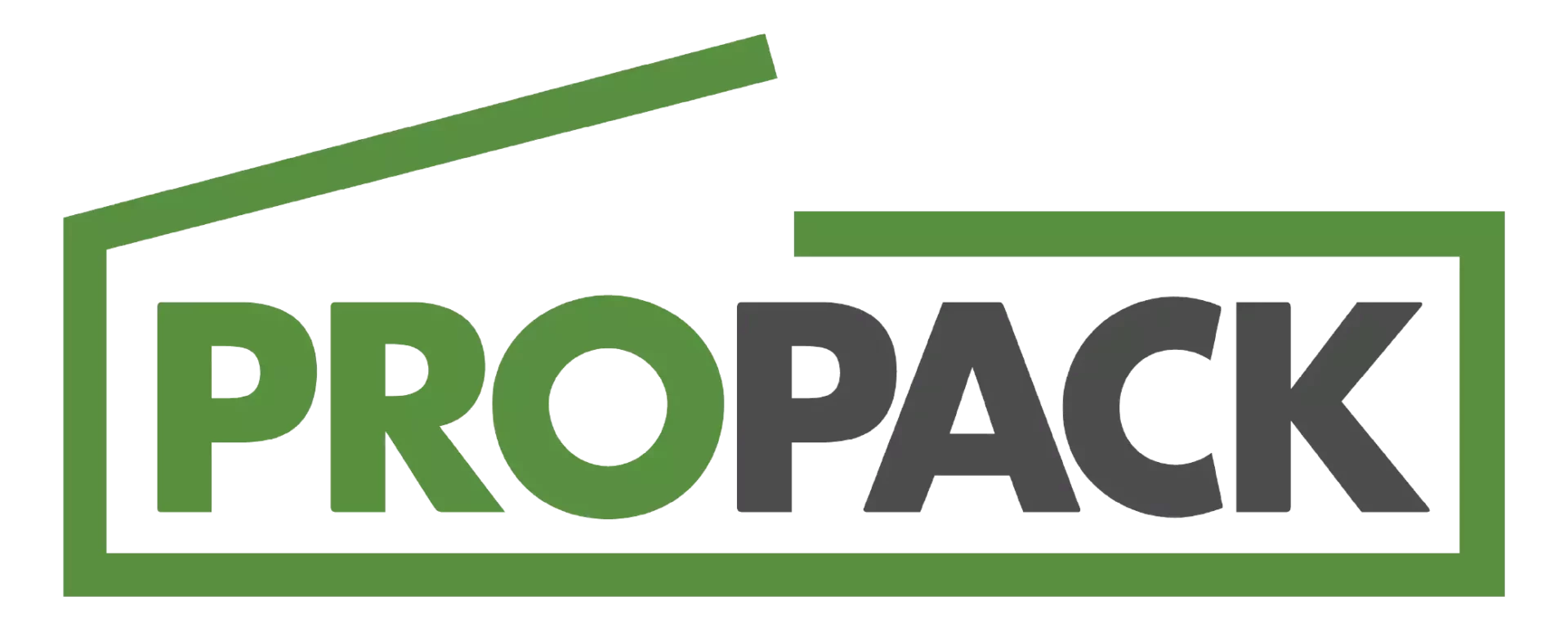So, what exactly is 3PL?
If you’re new to the shipping and warehousing world, you’re probably scratching your head at this term. 3PL stands for third-party logistics.
And what exactly is the definition of 3PL services? A third-party logistics provider, sometimes called a 3PL or 3PL company, is a firm that provides outsourced logistics services to client companies for part or all of their supply chain management functions.
Every 3PL company is different. For us (ProPack), this involves warehousing products, fulfilling orders for E-commerce, and forwarding freight (northbound and southbound), all while keeping our clients thoroughly up to date on the status of their goods.
ProPack Is Your Warehouse
ProPack is your third-party logistics partner—warehousing and shipping products on your behalf. This allows your company to focus on manufacturing, marketing, and selling your product. We remove the worries of warehousing and logistics while letting you focus on growing your business.
You’ll be surprised by how much money you can save using a third-party logistics (3PL) company like ProPack. If you are currently using a different 3PL company, ProPack Technology may be a better fit for you, your company, and your customers because we’ve designed custom 3PL software to streamline your operations. We also collaborate with you to create an effective, cost-efficient plan for your business.
Why use our 3PL warehouses?
The simple answer: because we can do It better
We’ve been doing logistics all day, every day, for over two decades. Even if you have the resources to take care of your logistics yourself, ProPack offers supply chain expertise with great positioning within the supply chain, thanks to our multiple warehouses. More advantages?
So, you already know that warehousing involves storing products, but you might be asking what exactly do these other service terms mean. (We know. There’s a lot of verbiage in our industry.) Get ready for more definitions.
Order Fulfillment
In warehousing, order fulfillment involves the picking, packing and shipment of inventory. Basically, a warehouse stores your products until orders come in, then takes your items out of stock (picking), appropriately packages them (packing), and sends them on their way to the designated business or customer (shipping).
Southbound Forwarding
The receipt of consolidated shipments from Canada at a U.S. warehouse where they are broken out and shipped individually via domestic services to their final consignees.
Freight Forwarding
Forwarding involves directing the shipment of palletized freight between the initial shipper and the final consignee (the buyer, in most cases). Freight forwarding companies arrange everything from the warehousing of a company’s products to the shipping of said goods to their various locations. Freight forwarders like ProPack also take care of important shipping-related paperwork, expedite border crossings, track shipments, and keep their clients informed about the status of their products throughout the process.
Northbound Forwarding
The receipt (receiving) and consolidation of shipments at a U.S. warehouse before they are couriered to their final consignee location within Canada. Consolidation adds efficiency to shipping and lowers costs.
